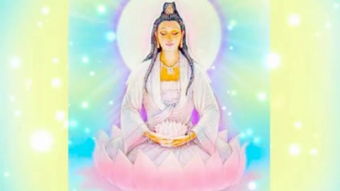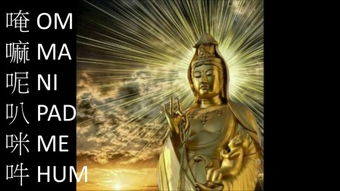
Om Mani Padme Hum: A Symbol of Enlightenment and Compassion
The Om Mani Padme Hum symbol is a powerful and intricate representation of Buddhist philosophy, embodying the essence of enlightenment and compassion. This mantra, often translated as “Hail to the jewel in the lotus,” is central to Tibetan Buddhism and holds significant meaning for practitioners around the world. Let’s delve into the various dimensions of this symbol, exploring its origins, significance, and cultural impact.
Origins and Historical Context

The Om Mani Padme Hum mantra has its roots in the Buddhist tradition, particularly in the Tibetan Buddhism. It is believed to have originated from the teachings of the Buddha himself. The mantra is often associated with the Buddha of Compassion, Avalokiteshvara, who is said to have taken a vow to alleviate the suffering of all sentient beings.
Historically, the mantra has been used in various forms of Buddhist practice, including meditation, prayer, and rituals. It is considered a sacred sound that can purify the mind and bring about enlightenment. The mantra is often chanted in groups or individually, with practitioners focusing on its meaning and the energy it carries.
Symbolism and Meaning

The Om Mani Padme Hum symbol is rich in symbolism, with each part representing different aspects of Buddhist philosophy. Here’s a breakdown of its meaning:
| Symbol | Meaning |
|---|---|
| Om | Represents the universe and the ultimate reality. |
| Mani | Refers to the jewel, symbolizing the preciousness of the teachings and the potential for enlightenment within all beings. |
| Padme | Means lotus, representing purity and the journey from impurity to enlightenment. |
| Hum | Is a sound of victory, signifying the triumph of compassion and wisdom over ignorance and suffering. |
Together, these symbols convey the message that within the lotus, which grows from mud and represents the potential for transformation, lies the precious jewel of enlightenment. The mantra serves as a reminder to cultivate compassion, wisdom, and the qualities necessary to achieve enlightenment.
Cultural Impact and Artistic Representation

The Om Mani Padme Hum symbol has had a profound impact on Tibetan culture, influencing art, architecture, and everyday life. It is commonly found in various forms, including thangka paintings, statues, and amulets.
In thangka paintings, the Om Mani Padme Hum symbol is often depicted in the center, surrounded by intricate details that represent the path to enlightenment. Statues of Avalokiteshvara, the Buddha of Compassion, often carry the symbol on their chest or in their hands, emphasizing its importance in the practice of compassion.
The symbol has also become a symbol of Tibetan identity and resistance, particularly during the Chinese occupation of Tibet. It serves as a reminder of the struggle for freedom and the preservation of Tibetan culture and religion.
Practical Applications and Benefits
For practitioners, the Om Mani Padme Hum mantra serves as a powerful tool for meditation and spiritual practice. Here are some practical applications and benefits:
-
Meditation: Practitioners use the mantra to focus their minds during meditation, allowing them to cultivate concentration and mindfulness.
-
Prayer: The mantra is often chanted as a form of prayer, seeking blessings and guidance from the Buddha of Compassion.
-
Purification: The mantra is believed to purify the mind, body, and speech, helping practitioners to overcome negative thoughts and actions.
-
Compassion: The mantra serves as a reminder to cultivate compassion and kindness towards oneself and others.
By incorporating the Om Mani Padme Hum mantra into their practice, individuals can experience personal growth, spiritual development, and a deeper connection to the Buddhist teachings.
Conclusion
The Om Mani Padme Hum symbol is a profound representation of Buddhist philosophy, embodying the essence of enlightenment and compassion. Its origins, symbolism, and cultural impact make it a significant and enduring symbol in the world of Buddhism. Whether through meditation, prayer, or



